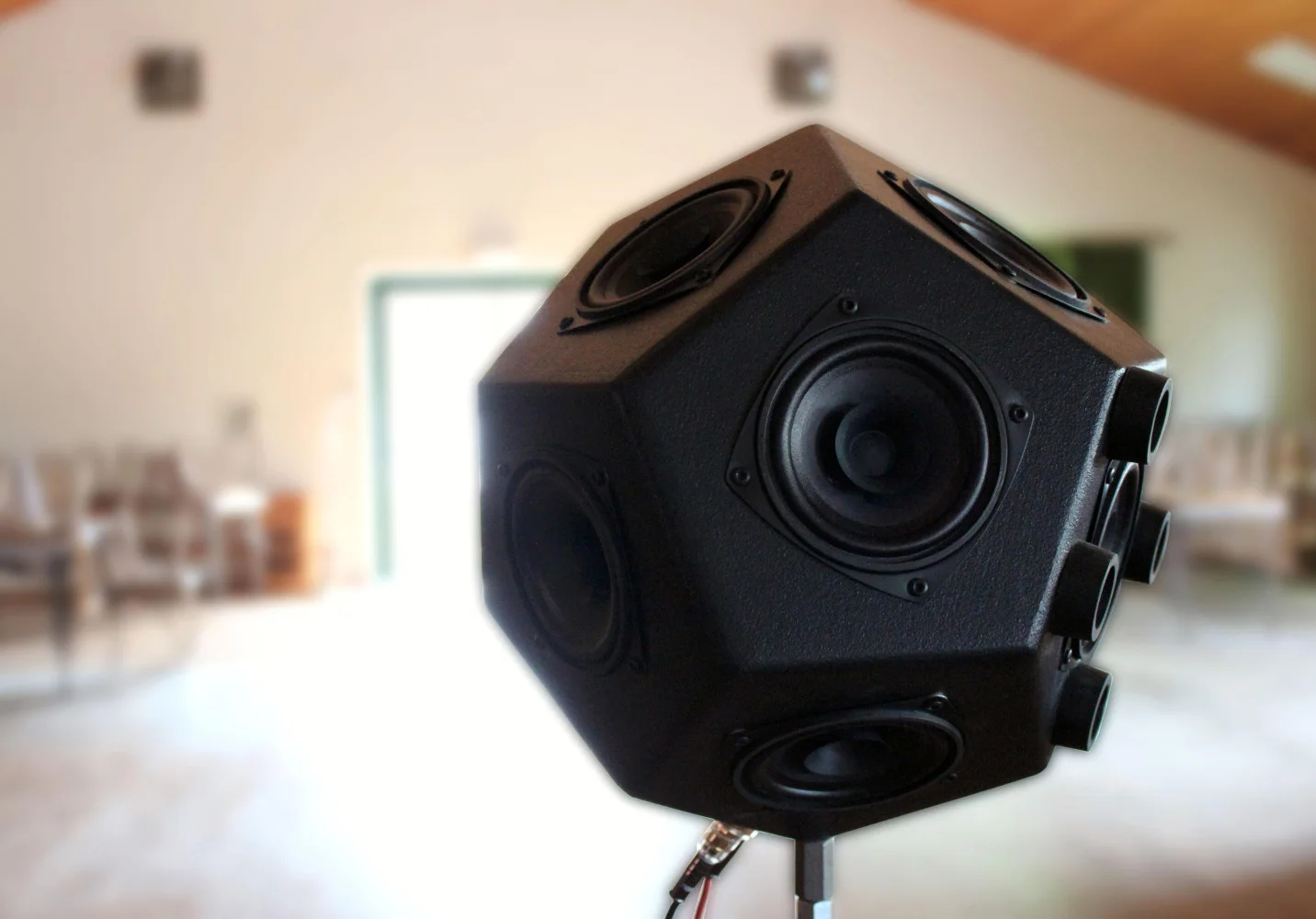In today’s competitive market, creating products that not only perform well but also meet high standards of user satisfaction is essential. One crucial yet often overlooked aspect of product design is noise—specifically, how noise analysis can enhance both the design and performance of a product. This article explores how noise analysis contributes to better product design, performance, and overall user experience.
Understanding Noise Analysis
What is Noise Analysis?
Noise analysis involves the measurement and evaluation of unwanted sound generated by a product during its operation. This can include anything from the hum of an appliance to the whir of a motor. The process typically involves identifying the sources of noise, measuring their intensity, and understanding how they impact the product’s performance and user experience. By analyzing noise, engineers and designers can address issues related to sound quality, vibration, and overall acoustic impact.
Importance in Product Development
Incorporating noise analysis early in the product development phase can lead to significant benefits. It helps in identifying potential noise issues before the product reaches the market, thus avoiding costly modifications and redesigns. Effective noise analysis ensures that products not only meet regulatory standards but also exceed user expectations in terms of comfort and usability.
Enhancing Product Design Through Noise Analysis
Identifying Noise Sources
One of the primary benefits of noise analysis is its ability to pinpoint specific sources of noise within a product. By conducting thorough analysis, designers can identify which components or processes generate the most noise. This information is invaluable for redesigning components to minimize noise or altering the product’s design to reduce its overall acoustic footprint. For example, analyzing the noise produced by a fan in a computer can lead to the development of quieter fan blades or improved housing.
Material Selection and Design Optimization
Noise analysis can also inform material selection and design choices. Different materials have varying acoustic properties that affect how noise is generated and transmitted. For instance, using materials with high sound absorption qualities can reduce the amount of noise reflected within a product. Additionally, optimizing design features such as isolating vibrating parts or incorporating sound-dampening elements can significantly enhance the product’s acoustic performance.
Improving Product Performance with Noise Analysis
Minimizing Vibrations
Excessive noise often correlates with high levels of vibration, which can negatively impact a product’s performance and durability. Noise analysis helps in identifying vibration issues that contribute to unwanted sound. By addressing these issues, engineers can improve the product’s stability and longevity. For example, in automotive design, analyzing engine noise and vibrations can lead to better engine mounts and isolation techniques that enhance both performance and comfort.
Enhancing User Experience
A quieter product is often perceived as more refined and high-quality. Noise analysis contributes to a more pleasant user experience by ensuring that products operate quietly and efficiently. In consumer electronics, such as appliances and tools, reducing operational noise can significantly improve user satisfaction. For instance, a quieter washing machine or vacuum cleaner is not only more pleasant to use but also less disruptive to the surrounding environment.
Regulatory Compliance and Market Advantage
Meeting Noise Regulations
Many industries have specific noise regulations that products must adhere to. Noise analysis plays a crucial role in ensuring compliance with these regulations. By conducting thorough noise assessments, manufacturers can avoid legal issues and penalties associated with excessive noise levels. Compliance with noise regulations also demonstrates a commitment to quality and safety, which can enhance a company’s reputation.
Gaining Competitive Edge
In a market where consumers are increasingly aware of product quality and performance, noise analysis can provide a competitive advantage. Products designed with effective noise control measures often stand out in terms of their refined acoustic characteristics. This can be a significant selling point and help differentiate a brand from its competitors. For instance, premium audio equipment with meticulously analyzed and controlled noise characteristics can command higher market value.
Noise analysis is a powerful tool in the product development process that offers multiple benefits, from enhancing design and performance to ensuring regulatory compliance and gaining a competitive edge. By identifying and addressing sources of noise, optimizing materials and design, and improving overall user experience, noise analysis contributes to the creation of high-quality products that meet both user expectations and industry standards. As technology advances and consumer expectations evolve, incorporating noise analysis into product design will continue to be a critical factor in achieving success in the market.
